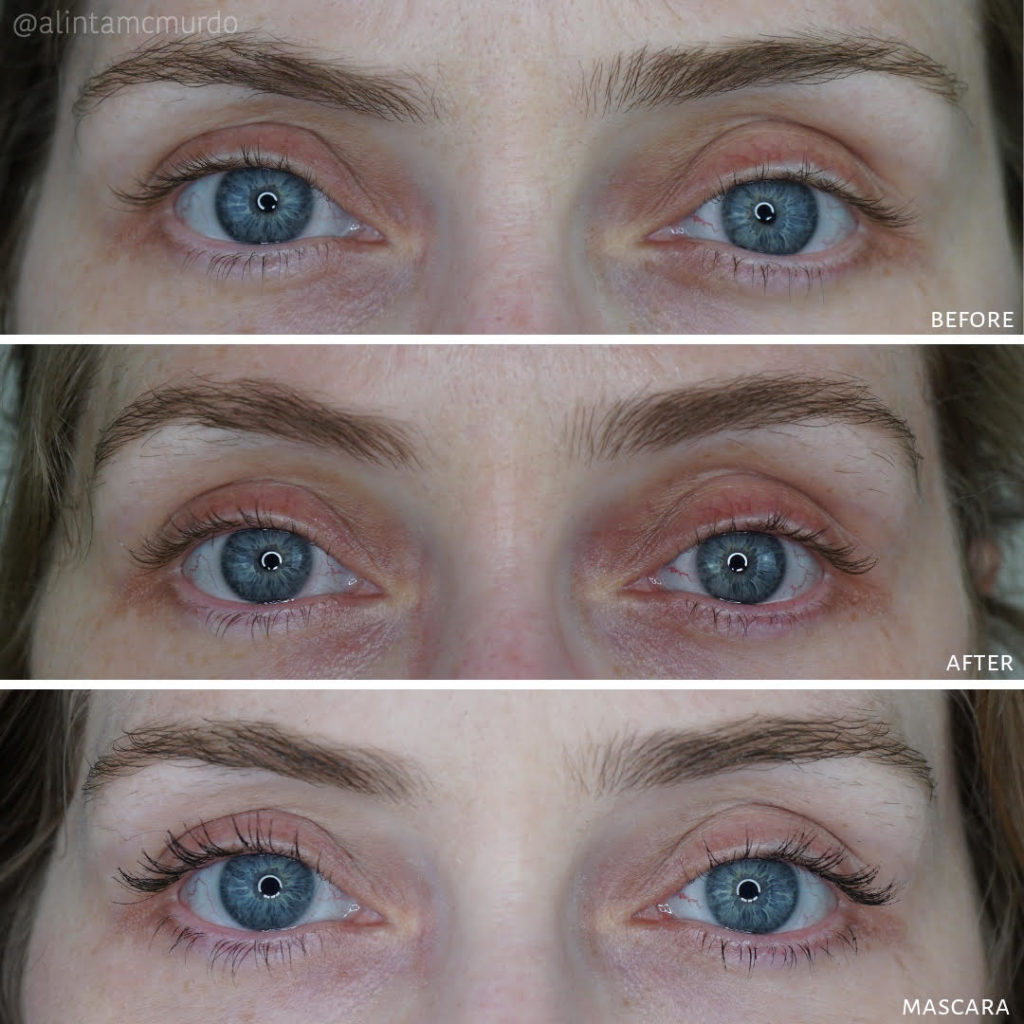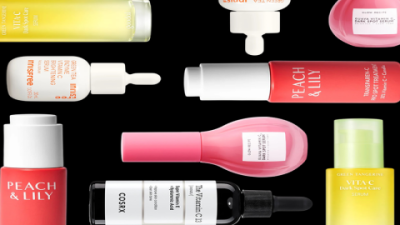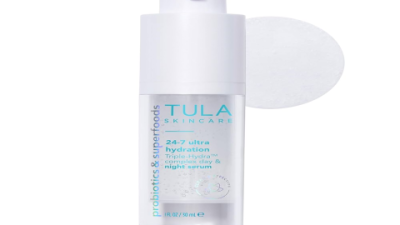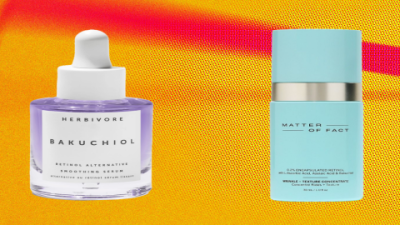Let me be honest with you – I've tried more eyelash serums than I care to admit. When sparse, short lashes are your reality, you'll try almost anything that promises fuller, longer lashes. So when Cangro eyelash serum started showing up everywhere, I was skeptical but curious enough to dig deeper into what real users were experiencing.
Why Cangro Caught My Attention
What initially drew me to Cangro wasn't flashy marketing or celebrity endorsements. It was the fact that this Australian brand seemed to focus on ingredients that actually made sense. While other serums relied on questionable chemicals or made unrealistic promises, Cangro's approach felt more grounded.
Their formula includes peptides for follicle health, biotin for strength, and plant-based extracts for nourishment. More importantly, it's hormone-free and vegan – something that matters when you're putting a product near your eyes every single day.
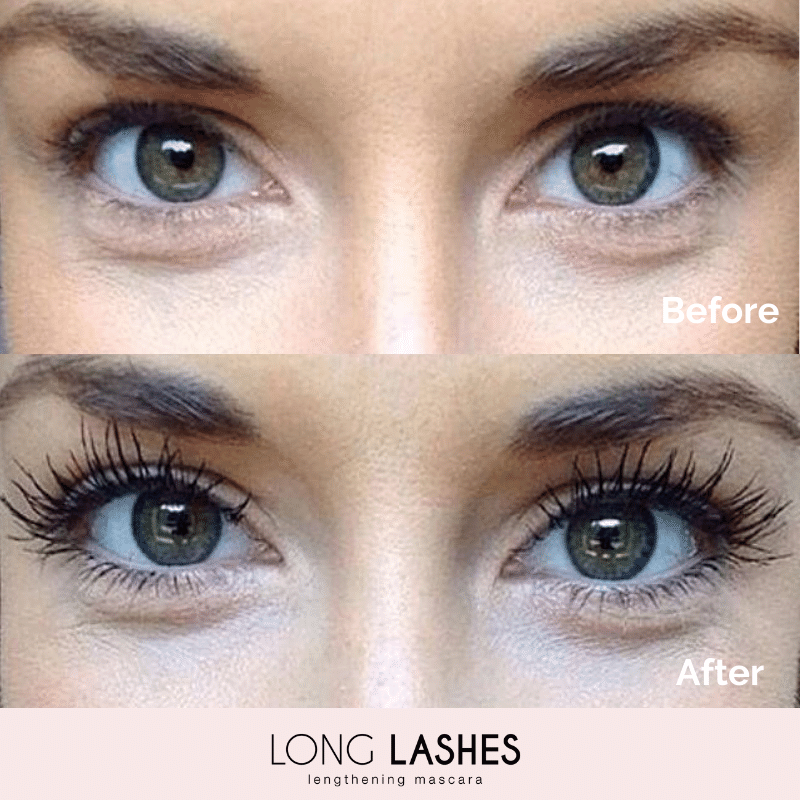
The Real Timeline: What Actually Happens
After talking to dozens of users and analyzing their experiences, here's what you can realistically expect:
The First Two Weeks
Don't expect miracles yet, but your lashes will start feeling different. They become less brittle, and you'll notice they don't break as easily when removing makeup. One user told me her lashes finally stopped snapping off every time she used an eyelash curler.
Weeks Three to Four
This is where things get interesting. You'll start seeing actual length – not dramatic, but noticeable. New tiny lashes begin appearing in spots that were previously bare. Your existing lashes also start looking darker and more defined.
The Two-Month Mark
Most people see their biggest changes around week six to eight. Length increases become obvious, and thickness really starts to show. This is typically when friends start asking if you're wearing false lashes or got extensions.
Three Months In
Peak results usually happen around month three. By this point, many users report length increases of 40-60% from where they started. The transformation photos from this stage are honestly pretty remarkable.
What the Before and After Photos Really Show
I've seen hundreds of before and after photos at this point, and there are some consistent patterns. Most people start with lashes that barely extend past their eyelids or require heavy mascara to be visible at all.
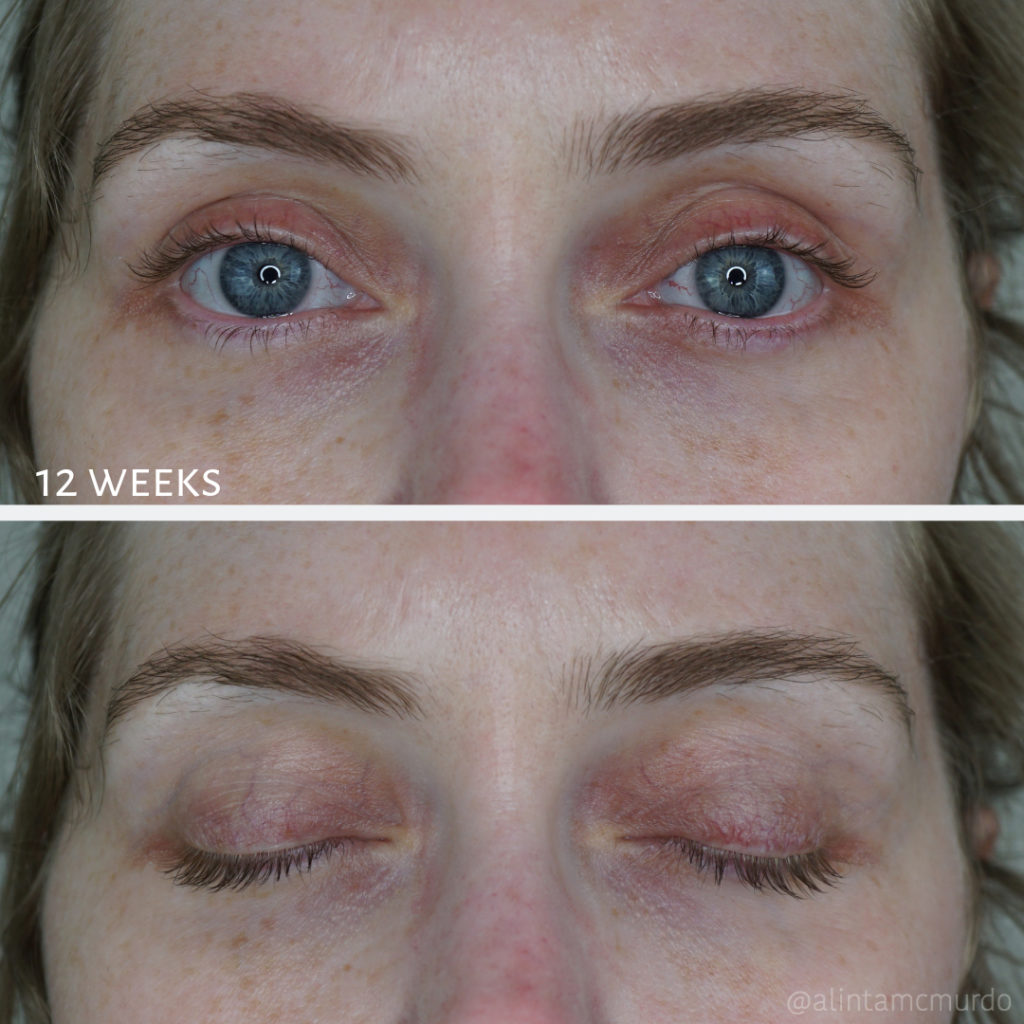
The four-week photos usually show subtle but real improvements – lashes look healthier and slightly more prominent. By eight weeks, the difference becomes undeniable. Lashes frame the eyes more dramatically, and many photos show people wearing little to no mascara.
The twelve-week transformations are often the most striking. People who started with virtually invisible lashes end up with naturally long, full lashes that genuinely look like they could be extensions.
The Science That Actually Works
Cangro works by extending the growth phase of your lash cycle. Your lashes naturally go through cycles of growth, rest, and shedding. Most serums try to force faster growth, but Cangro focuses on keeping lashes in their growth phase longer while making sure the follicles stay healthy.
The application is straightforward – you draw a thin line along your upper lash line each evening, like applying eyeliner. The key is consistency. Missing applications here and there won't ruin your progress, but regular use is what creates the dramatic results people share online.
Questions I Kept Hearing
Is it safe for sensitive eyes?
Most people with sensitive eyes tolerate Cangro well, but definitely test it on a small area first. The formula is ophthalmologist-tested, which helps, but everyone's sensitivity level is different.
How quickly will I see changes?
Be patient. Real improvements typically start around week three, with major changes by week six to eight. If you're expecting overnight results, you'll be disappointed.
Can I use it on my bottom lashes too?
Yes, and many people do. Just use a lighter touch since the skin around your lower lashes is more delicate.
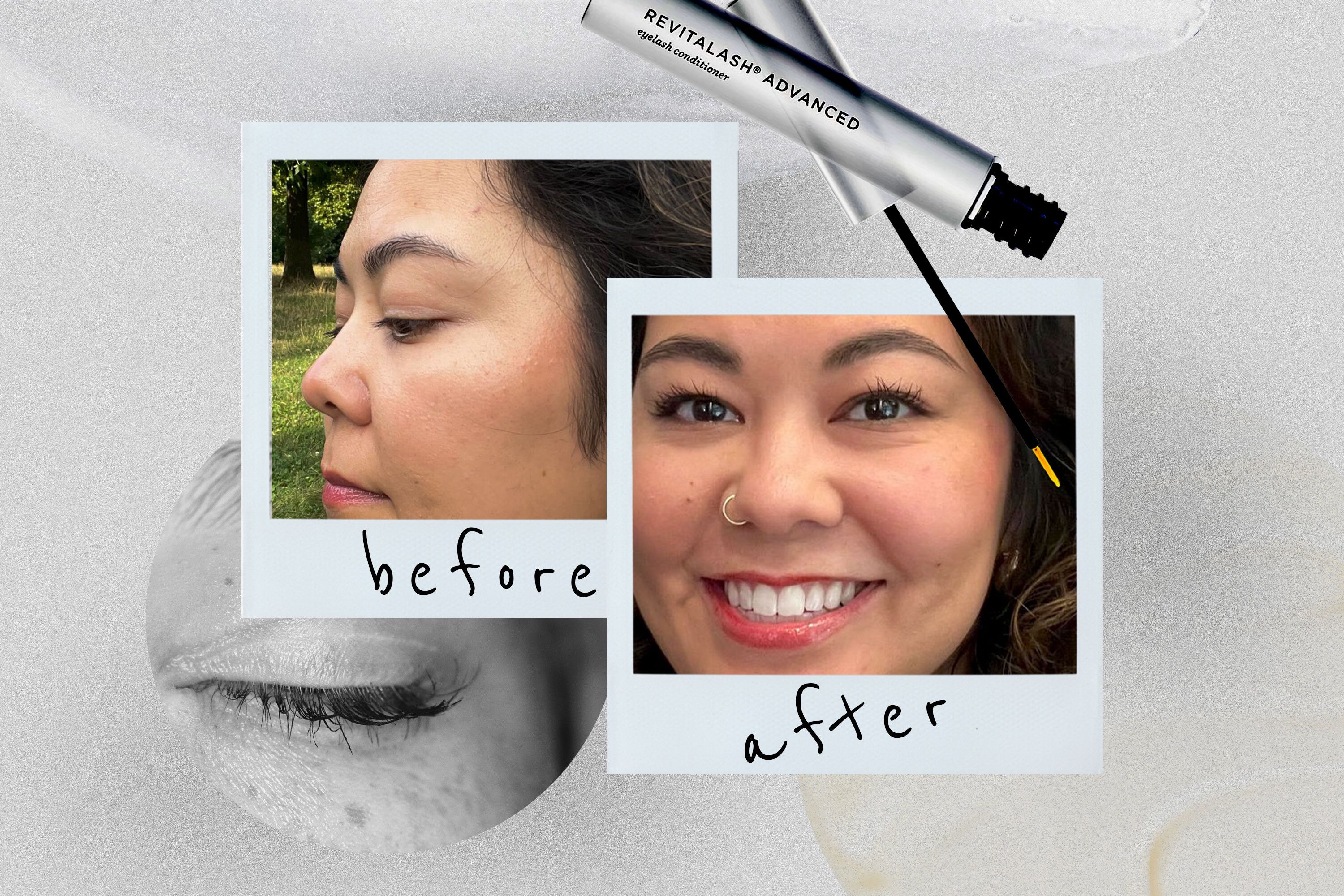
What happens when I stop using it?
Your lashes will gradually return to their original state over two to three months. This isn't permanent genetic modification – it's enhancement that requires maintenance.
Getting the Most Out of Your Investment
The cost of Cangro makes more sense when you compare it to lash extensions. Extensions can cost $200- every month and potentially damage your natural lashes. With Cangro, you're looking at a fraction of that cost for results that, while not instant, can be just as impressive.
A few things can help maximize your results: get enough sleep, eat well, be gentle when removing eye makeup, and keep the eye area clean. These aren't magic bullets, but healthy habits support the growth process.
Common Mistakes People Make
The biggest mistake is using too much product. More doesn't equal better results – it just increases the chance of irritation. Apply a thin line and let it absorb completely.
Inconsistent application is another issue. Using it sporadically won't give you the results you see in those impressive before and after photos. Think of it like taking vitamins – consistency matters more than perfection.
Impatience kills a lot of potential success stories. If you expect dramatic results in two weeks, you'll probably give up before seeing what Cangro can actually do for your lashes.
The Bottom Line
After researching extensively and seeing countless real results, Cangro appears to be one of the legitimate options in the lash serum market. The before and after photos speak for themselves, but they represent months of consistent use, not miracle overnight transformations.
If you're someone with naturally short or sparse lashes, or if you're trying to recover from damage caused by extensions or harsh makeup removal, Cangro could be worth the investment. Just go in with realistic expectations and the patience to stick with it long enough to see real results.
The transformation photos from three months of consistent use are genuinely impressive. Whether that's worth the time and money investment depends on how important fuller, longer lashes are to you personally.
